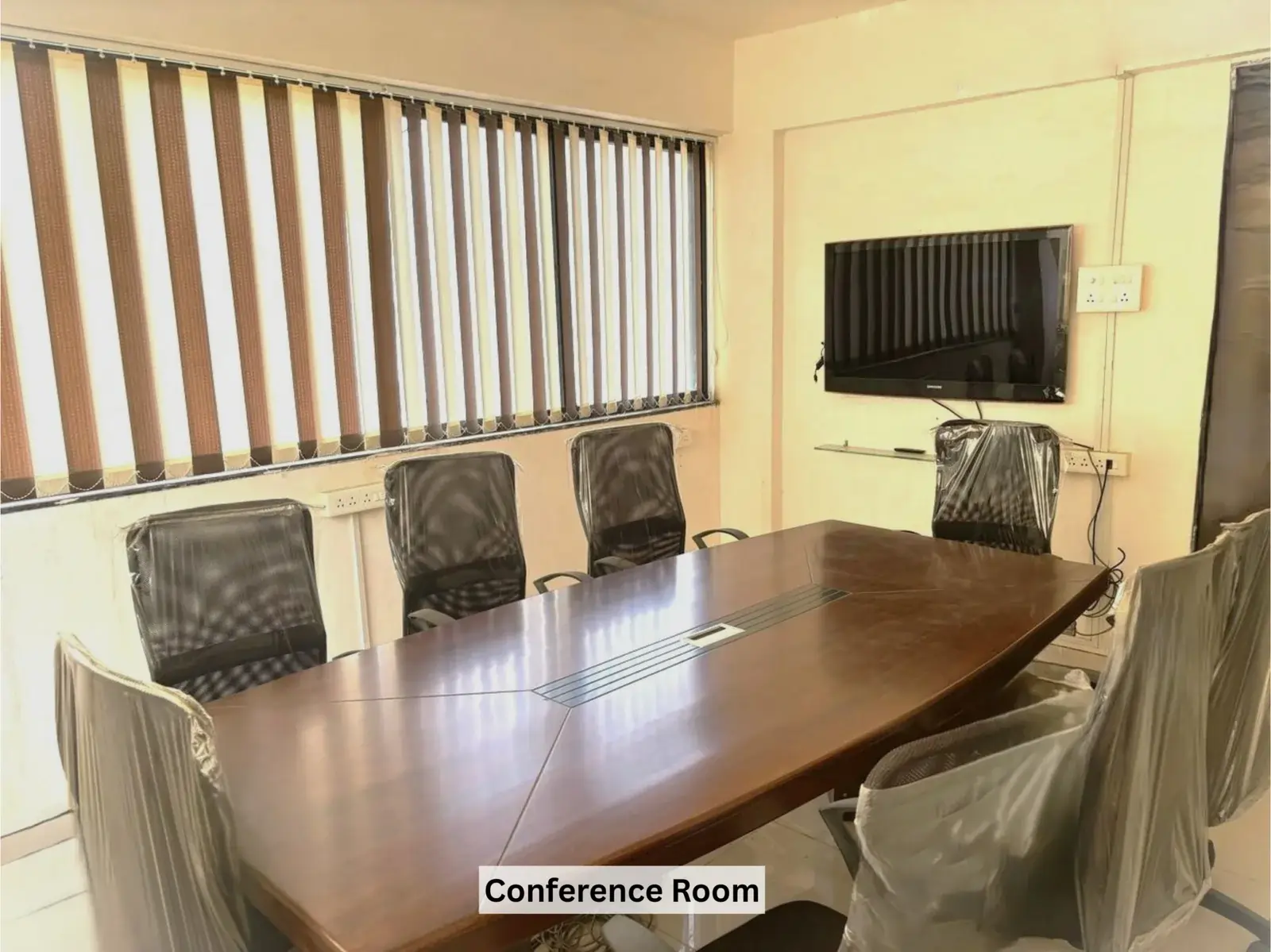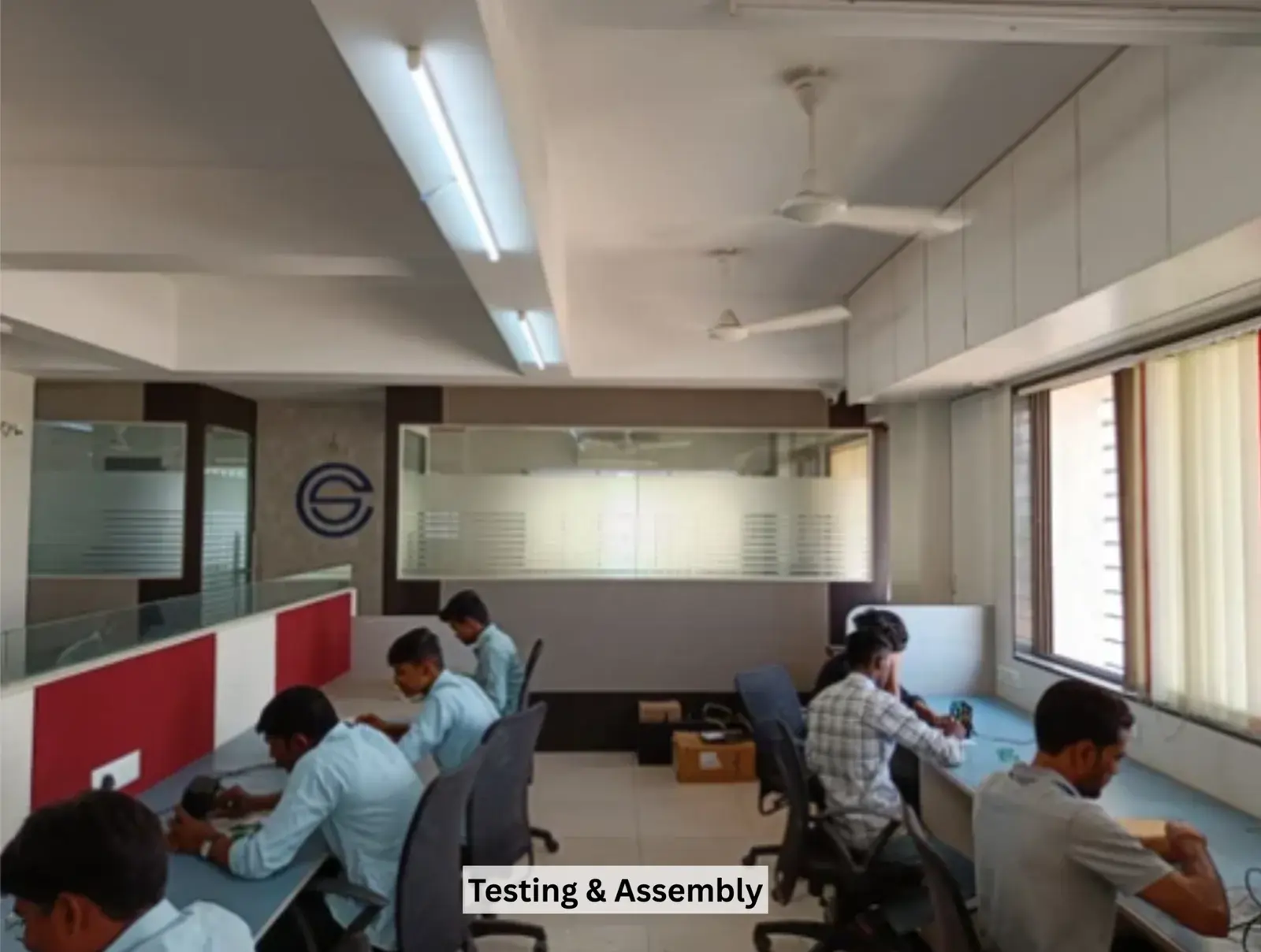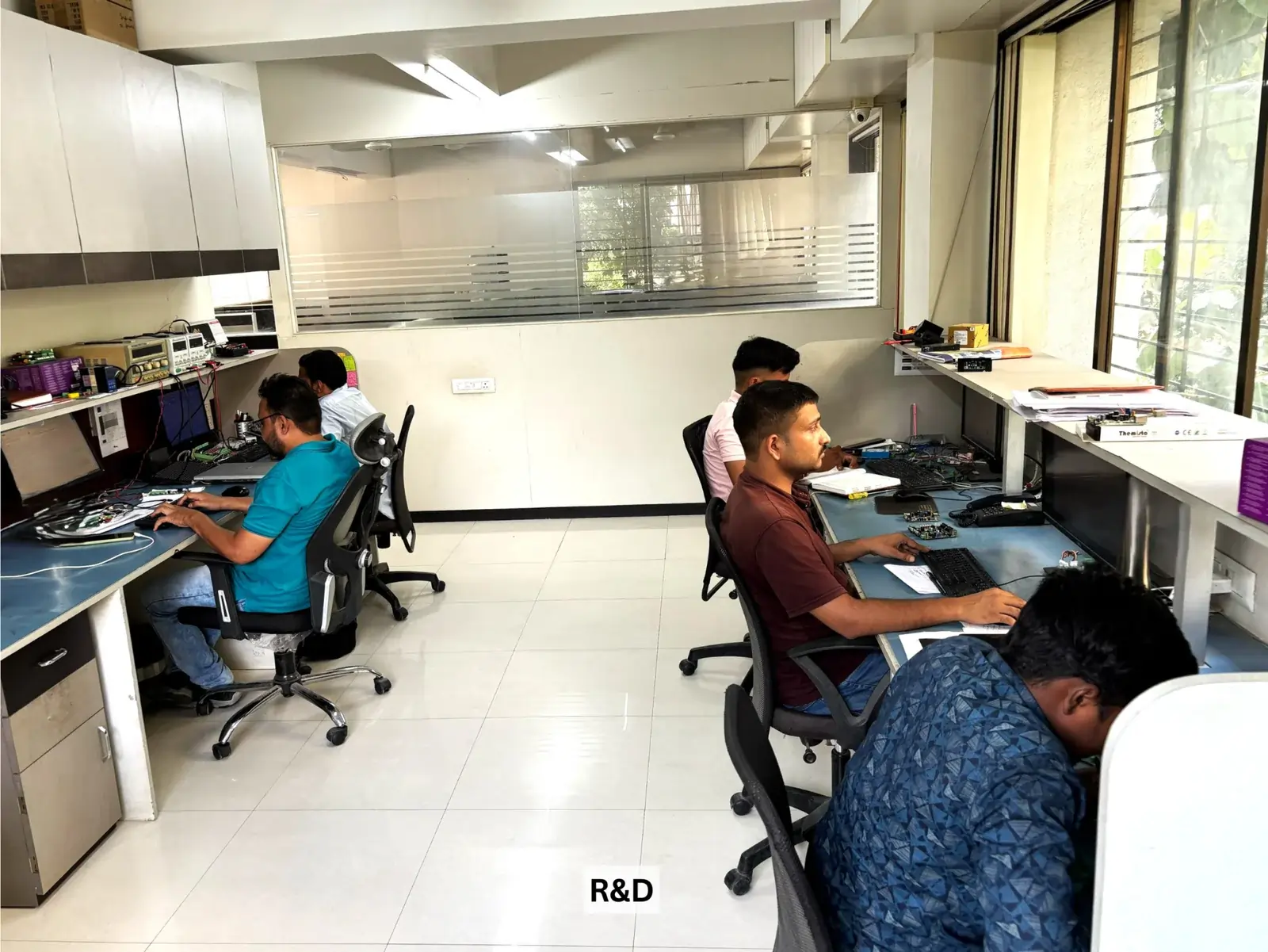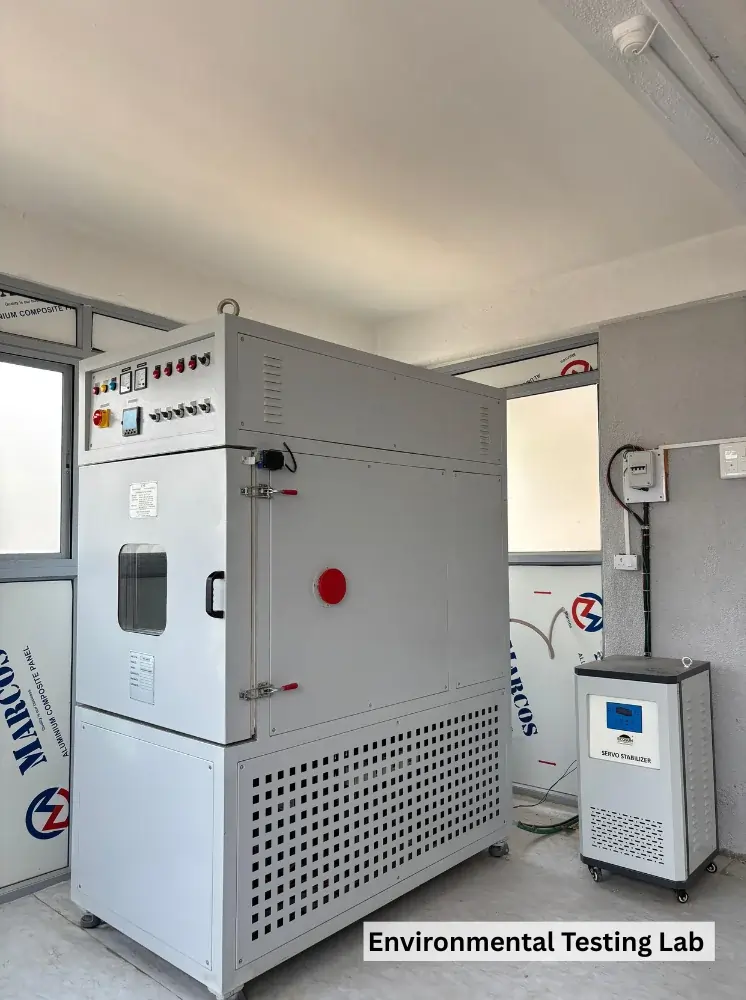How RS485 Isolator Repeaters Improve Data Communication Reliability
In today’s world of industrial automation, IoT networks, and building management systems, reliable data communication is not just a requirement—it’s the backbone of smooth operations. Any disruption, data loss, or interference can result in downtime, costly repairs, or even system failure. Among the many communication standards available, RS485 has stood the test of time thanks to its ability to handle long-distance, multi-drop, and noise-resistant communication.
But even RS485 networks face challenges such as signal degradation, ground loops, and electromagnetic interference (EMI). This is where the RS485 Isolator Repeater comes into play, ensuring performance, reliability, and safety in critical communication systems.
In this article, we’ll explore what RS485 Isolator Repeaters are, why they matter, and how they improve data communication reliability across industries.
What is an RS485 Isolator Repeater?
An RS485 Isolator Repeater is a device that combines the functions of:
- RS485 Isolator: Provides electrical isolation between different sections of a communication network, protecting devices from voltage spikes, surges, and ground loops.
- RS485 Repeater: Amplifies and regenerates RS485 signals, allowing communication over longer distances without signal degradation.
By combining isolation and signal regeneration, an RS485 Isolator Repeater ensures that data travels farther, more reliably, and with better protection against interference.
Challenges in RS485 Communication Systems
Although RS485 is a robust communication protocol, it still faces challenges that can compromise network reliability:
Signal Attenuation Over Long Distances
RS485 communication supports up to 1200 meters under ideal conditions. However, as distance increases, signal strength weakens, leading to data loss or corruption.
Electromagnetic Interference (EMI) & Noise
In industrial environments with motors, drives, or heavy machinery, electromagnetic noise can disrupt RS485 communication.
Ground Loops and Voltage Differences
When devices are spread across large facilities, different ground potentials can introduce harmful currents that damage equipment.
Multiple Device Connections Causing Errors
RS485 allows multiple devices on a single bus. But as the network grows, signal reflections and loading effects can reduce reliability.
How RS485 Isolator Repeaters Enhance Reliability
An RS485 Isolator Repeater directly addresses these challenges. Here’s how:
1. Electrical Isolation for Protection
By electrically isolating different sections of the network, repeaters eliminate ground loop issues and protect sensitive devices from voltage surges. This isolation ensures long-term reliability, especially in large industrial plants.
2. Signal Amplification & Regeneration
As RS485 signals weaken over long distances, the repeater restores and regenerates the signal to its original strength. This allows communication to extend well beyond the standard 1200-meter limit.
3. Noise Reduction & EMI Immunity
With advanced isolation techniques, repeaters provide high immunity against EMI. This ensures that even in noisy environments (factories, power stations, or rail systems), data communication remains stable.
4. Support for Multi-Drop Networks
Many automation systems require multiple controllers, sensors, and devices connected on a single RS485 bus. A repeater enables scalable, multi-drop networks without overloading the communication line.
5. Improved Data Integrity
Ultimately, the biggest benefit is data accuracy. By filtering out noise and regenerating signals, RS485 Isolator Repeaters ensure that data is transmitted without errors or corruption, critical for decision-making in automation and monitoring systems.
Applications of RS485 Isolator Repeaters
These devices are widely used wherever stable, long-distance, and interference-free communication is required:
Industrial Automation & PLC Communication
Factories rely on PLC-based automation systems, where repeaters maintain communication between controllers, drives, and sensors over long distances.
Building Management Systems (BMS) & HVAC
From air conditioning to lighting control, RS485 repeaters ensure smooth communication between controllers and devices across large buildings.
Smart Grids & Energy Monitoring
Electric utilities and energy monitoring systems need noise-free communication for accurate readings. RS485 Isolator Repeaters help maintain reliable data flow in high-voltage environments.
IoT & Smart Factory (Industry 4.0)
In the era of connected devices, RS485 repeaters allow IoT gateways, sensors, and controllers to work seamlessly, even in environments full of interference.
Transportation & Security Systems
Railways, airports, and security monitoring systems rely on RS485 for stable communication between cameras, access control systems, and monitoring devices.
Key Benefits for Businesses and Engineers
For engineers, IT managers, and decision-makers, RS485 Isolator Repeaters provide tangible advantages:
- Increased System Reliability: Ensures uninterrupted data communication in critical systems.
- Reduced Downtime: Fewer communication errors mean less troubleshooting and repair time.
- Lower Maintenance Costs: Isolation protects devices from electrical faults, reducing replacement costs.
- Extended Network Range: Supports communication beyond standard RS485 limits.
- Future-Proofing: Ready for integration into Industry 4.0 and IoT networks.
Choosing the Right RS485 Isolator Repeater
Not all repeaters are the same. When selecting one, consider:
- Baud Rate Support: Ensure the repeater matches your system’s data rate.
- Isolation Voltage: Higher isolation provides better protection against surges.
- Maximum Communication Distance: Some repeaters support longer ranges than others.
- Node Support: Choose a repeater that can handle the required number of devices.
- Environmental Durability: For industrial use, ensure the device withstands temperature extremes, vibration, and electrical noise.
Conclusion
In today’s interconnected world, data reliability is non-negotiable. RS485 communication remains a trusted standard, but its effectiveness depends on overcoming challenges like distance, noise, and interference.
An RS485 Isolator Repeater is the solution—providing isolation, signal regeneration, and protection that ensures reliable communication in even the harshest environments. Whether in industrial automation, smart buildings, or IoT applications, these devices guarantee that your data gets delivered accurately, securely, and without interruption.
👉 Looking to enhance your industrial communication reliability? Discover our advanced range of RS485 Isolator Repeaters designed for maximum performance and protection.
Frequently Asked Questions
What is an RS485 Isolator Repeater?
An RS485 Isolator Repeater is a device that combines electrical isolation and signal regeneration. It protects RS485 communication networks from surges, ground loops, and interference while extending communication distance.
Q2: Why do I need an RS485 isolator in my communication system?
An RS485 isolator prevents ground loops, reduces electromagnetic interference (EMI), and protects connected devices from voltage spikes, ensuring reliable and safe data communication.
Q3: How does an RS485 repeater improve communication distance?
An RS485 repeater amplifies and regenerates weakened signals, allowing RS485 communication to extend beyond the standard 1200-meter limit without data loss.
Q4: Where are RS485 Isolator Repeaters used?
They are widely used in industrial automation, building management systems (BMS), HVAC control, smart grids, IoT applications, and transportation systems to ensure error-free communication.
Q5: What factors should I consider when choosing an RS485 Isolator Repeater?
Key factors include baud rate support, isolation voltage, maximum communication distance, number of supported devices (nodes), and environmental durability.






[email protected]